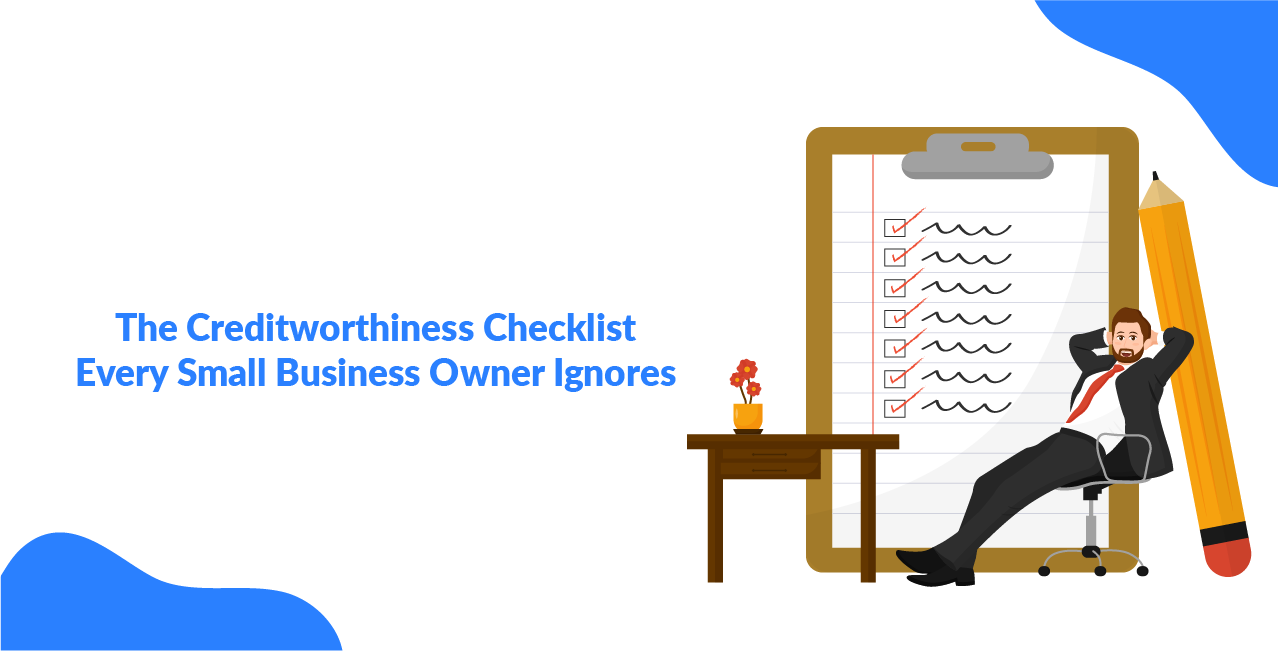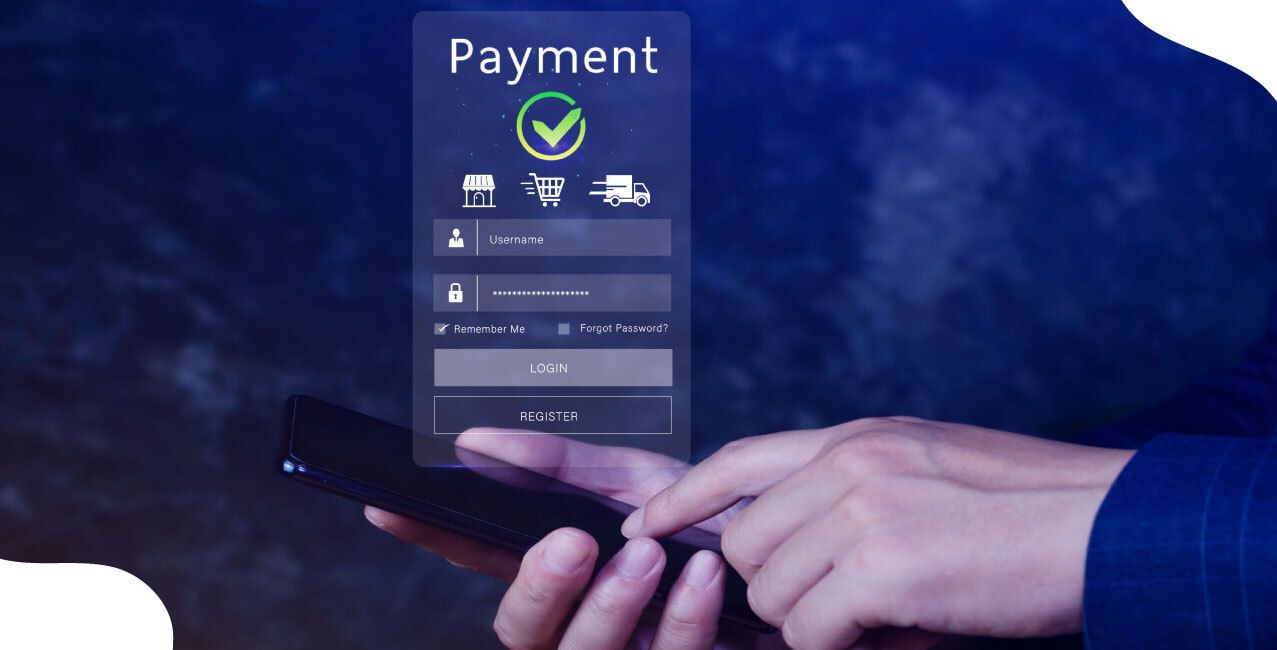
Author
LoansJagat Team
Read Time
7 Min
04 Jun 2025
How to Start a Business – Step-by-Step Guide for Beginners
Learning how to start a business begins with an idea, a plan, and the courage to act. It involves market research, budgeting, legal setup, and consistent execution.
Take the example of Mehul, a 27-year-old graphic designer who wanted to turn his passion for custom T-shirts into a business. After watching videos on how to start a business, he created a 3-step plan: build an online store, source materials, and market on Instagram.
Here’s how his first 3 months looked:
Month | Investment (₹) | Sales Revenue (₹) | Profit (₹) |
1 | ₹25,000 | ₹15,000 | -₹10,000 |
2 | ₹5,000 (ads) | ₹28,000 | ₹13,000 |
3 | ₹4,000 | ₹42,000 | ₹38,000 |
Within 90 days, Mehul recovered costs and turned profitable, all because he learned how to start a business step by step.
Whether you're selling online or offering a service, knowing how to start a business helps you minimise mistakes, stay focused, and scale faster. Start small, stay consistent, and you will master how to start a business.
Why Start a Business?
For Aarti, a 30-year-old architect, the 9-to-5 routine started to feel limiting. She wanted more than just a paycheck; she wanted freedom, creativity, and purpose. That’s when she began researching how to start a business from home using her design skills.
Read More – How to Register a Company – Step-by-Step Registration Process
She turned her love for sustainable home interiors into a full-time business. Her motivations weren’t just financial, she craved impact and independence.
Here’s a breakdown of what drove her decision
Motivation | Aarti’s Reason | Outcome After 6 Months |
Financial Freedom | Wanted to control income and raise the ceiling | Earned ₹1,20,000 per month |
Passion for Design | Always loved eco-friendly spaces | Designed 12 custom homes |
Flexible Schedule | Wanted to work on her terms | Works 5 hours/day, 5 days/week |
Creating Impact | Help people build greener homes | Saved ~40% energy per home built |
Learning how to start a business gave Aarti the tools to design her life, not just homes. If you’re driven by passion or purpose, understanding how to start a business might be the first step toward both profit and fulfilment.
Identifying the Right Business Idea
When Aman, a 26-year-old IT graduate, decided he wanted more than a desk job, he explored how to start a business that aligned with his skills and market demand. He loved coding but also followed tech trends like AI and automation.
After researching how to start a business that’s both scalable and future-proof, he launched a SaaS tool that helped small businesses automate invoices. It was profitable, low-cost, and met a growing market need.
Here’s how Aman evaluated his options:
Idea | Skill Match | Market Demand | Profit Potential | Chosen |
Mobile App Dev | High | High | Medium | No |
Tech YouTube Channel | Medium | High | Medium | No |
Custom Gaming PCs | Low | Medium | Low | No |
AI-based SaaS Tool | High | Very High | High | Yes |
Choosing the right idea is key when figuring out how to start a business. Aman's success shows that the best business idea is where skills, trends, and demand overlap.
Research Your Market Thoroughly
Understand your potential customers, competitors, and industry trends.
When Priya decided to start her eco-friendly skincare brand in Bengaluru, she had passion but no real idea of the market landscape. Like many first-time entrepreneurs who Googled how to start a business, she quickly realised that a great product alone wasn’t enough.
So, she took a structured approach to market research before investing heavily. Here’s how she did it:
Step 1: Identify Target Customers
Priya started by defining her ideal customer: urban women aged 25–40 who are health-conscious and willing to pay a premium for natural ingredients. She created a survey and got 300 responses through Instagram and WhatsApp groups.
- 72% of respondents preferred cruelty-free products.
- 63% were willing to pay ₹500–₹800 for a daily skincare item.
- 48% had already switched to natural or organic products.
Step 2: Analyse Competitors
Next, Priya analysed five popular eco-skincare brands available in India, comparing their pricing, product range, and social media engagement. She compiled her findings into the following table:
Brand | Average Price per Product (₹) | Instagram Followers | Product Range |
Forest Essentials | 1,200 | 1.1 million | Ayurvedic skincare |
Mamaearth | 450 | 1.9 million | Family care & skincare |
The Moms Co. | 600 | 420k | Maternity-focused |
Earth Rhythm | 750 | 230k | Science-backed natural |
Plum Goodness | 550 | 780k | Vegan & cruelty-free |
She noticed a gap: very few brands were targeting both science-backed formulations and Ayurvedic principles. That insight helped her position her brand uniquely.
Step 3: Study Industry Trends
Lastly, Priya reviewed industry reports from FICCI and Nielsen, noting that India's organic skincare market was growing at 20% CAGR (Compound Annual Growth Rate). She also spotted trends like:
- Growing interest in sustainable packaging
- Increased demand in Tier 2 cities
- Rise of influencer-driven micro-brands
Create a Solid Business Plan
Map out your goals, strategies, and financial forecasts for success.
After doing her market research, Priya knew she had a promising eco-friendly skincare idea—but now came the hard part: turning that idea into a business plan. Like many people searching for how to start a business, she realised that having a structure on paper could mean the difference between success and struggle.
Step 1: Define Clear Business Goals
Priya broke her goals into short-term and long-term objectives:
- Short-term (0–6 months): Launch 3 skincare products, build a social media following of 5,000, and achieve ₹2,00,000 in monthly revenue.
- Long-term (1–2 years): Expand to 10 products, enter offline retail, and hit ₹50,00,000 in annual revenue.
She wrote these goals in her business plan, along with specific timelines and metrics to track progress.
Step 2: Outline Business Strategy
Priya included several core strategies in her plan:
- Marketing: Focus on influencer collaborations and Instagram ads targeting wellness communities.
- Sales Channels: Launch via a D2C website and later join marketplaces like Nykaa and Amazon.
- Product Development: Partner with a certified organic manufacturer to create cruelty-free, dermatologically tested products.
Step 3: Forecast Your Finances
To understand how much capital she needed, Priya made realistic assumptions and listed projected income and expenses for her first year. Here’s a simplified version of her financial forecast:
Category | Monthly (₹) | Yearly (₹) |
Product Manufacturing | 50,000 | 6,00,000 |
Packaging & Design | 15,000 | 1,80,000 |
Digital Marketing | 25,000 | 3,00,000 |
Website & Hosting | 5,000 | 60,000 |
Salaries (Part-time) | 30,000 | 3,60,000 |
Total Expenses | 1,25,000 | 15,00,000 |
Projected Revenue | 2,00,000 | 24,00,000 |
Expected Profit | 75,000 | 9,00,000 |
This plan helped her approach investors with confidence and also secured a small business loan.
Track Progress and Adapt Strategically
Six months after launching her eco-friendly skincare brand, Priya thought things were going well—her products were selling, social media was growing, and website traffic looked steady. But as someone who had learned how to start a business the right way, she knew that early success wasn’t enough. To keep growing, she had to measure what mattered and be ready to pivot.
Step 1: Monitor Key Performance Metrics
Priya started using simple tools like Google Analytics, Shopify dashboards, and Instagram Insights. She created a monthly report to track her progress. Here’s an example from Month 6:
Metric | Target | Actual | Status |
Website Visitors | 5,000 | 3,200 | Below Target |
Conversion Rate | 3.5% | 4.1% | Exceeded |
Instagram Followers | 5,000 | 6,200 | Ahead of Goal |
Returning Customers | 25% | 18% | Needs Focus |
Average Order Value (₹) | 650 | 580 | Slightly Low |
This data revealed some unexpected insights—while social growth and conversion were strong, customer retention was weaker than expected.
Also Read – How to Get GST Number – Step-by-Step Registration Guide
Step 2: Gather and Apply Feedback
Priya sent out post-purchase surveys and personally followed up with her top 50 customers. Common feedback themes included:
- Customers loved the natural ingredients
- Many wanted more combo packs or subscription options
- A few complained about late deliveries and packaging issues
Conclusion
Starting a business may seem overwhelming at first, but with the right steps—market research, a solid business plan, strategic tracking, and adaptability you set yourself up for long-term success. Whether you're launching a product, offering a service, or building a brand from scratch, understanding how to start a business gives you the confidence to take action with purpose.
How to start a business isn't just about the launch; it's about building something sustainable, scalable, and meaningful. Take one step at a time, stay flexible, and keep learning as you grow.
FAQ’s
1. What is the first step in starting a business?
Start with a clear, marketable idea that solves a problem. It’s the foundation for everything else in how to start a business.
2. Do I need a business plan to start?
Yes. A solid plan outlines goals, finances, and strategy, crucial when learning how to start a business and seeking funding.
3. How much money do I need to start a business?
It varies. Some businesses need ₹10,000, others lakhs. Estimating costs is key when figuring out how to start a business effectively.
4. Can I start a business while working a job?
Absolutely. Many people begin part-time as they learn how to start a business and test ideas with less risk.
5. Is registration necessary to start a small business?
Yes. Legal registration protects your brand and builds trust, an essential step in how to start a business properly.
Other Business-Related Pages | ||
About the Author

LoansJagat Team
‘Simplify Finance for Everyone.’ This is the common goal of our team, as we try to explain any topic with relatable examples. From personal to business finance, managing EMIs to becoming debt-free, we do extensive research on each and every parameter, so you don’t have to. Scroll up and have a look at what 15+ years of experience in the BFSI sector looks like.

Quick Apply Loan
Subscribe Now
Related Blog Post


